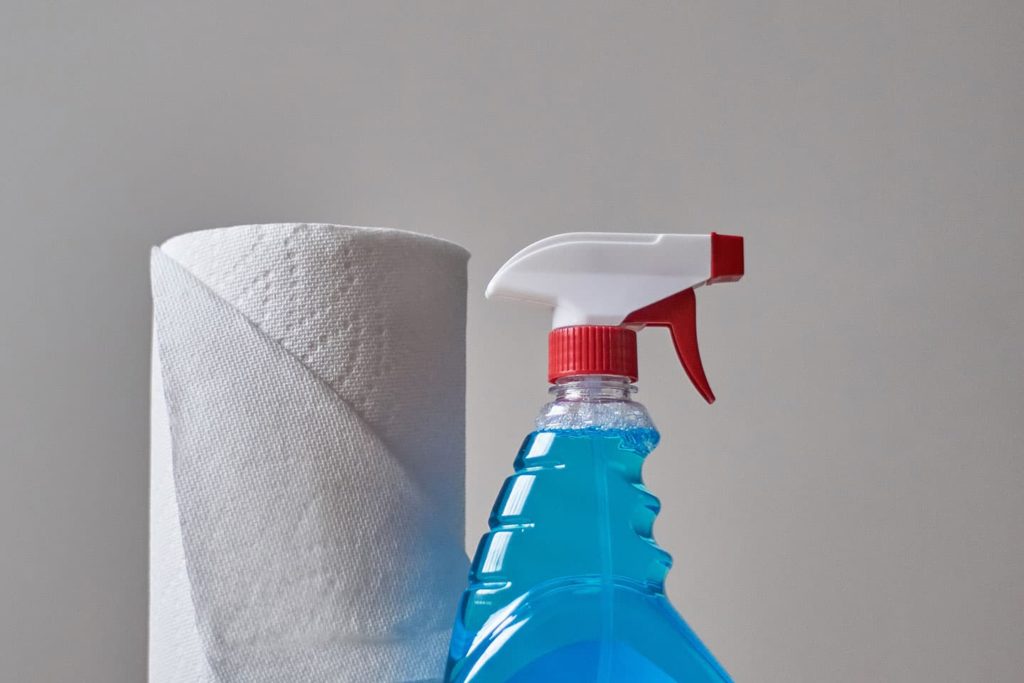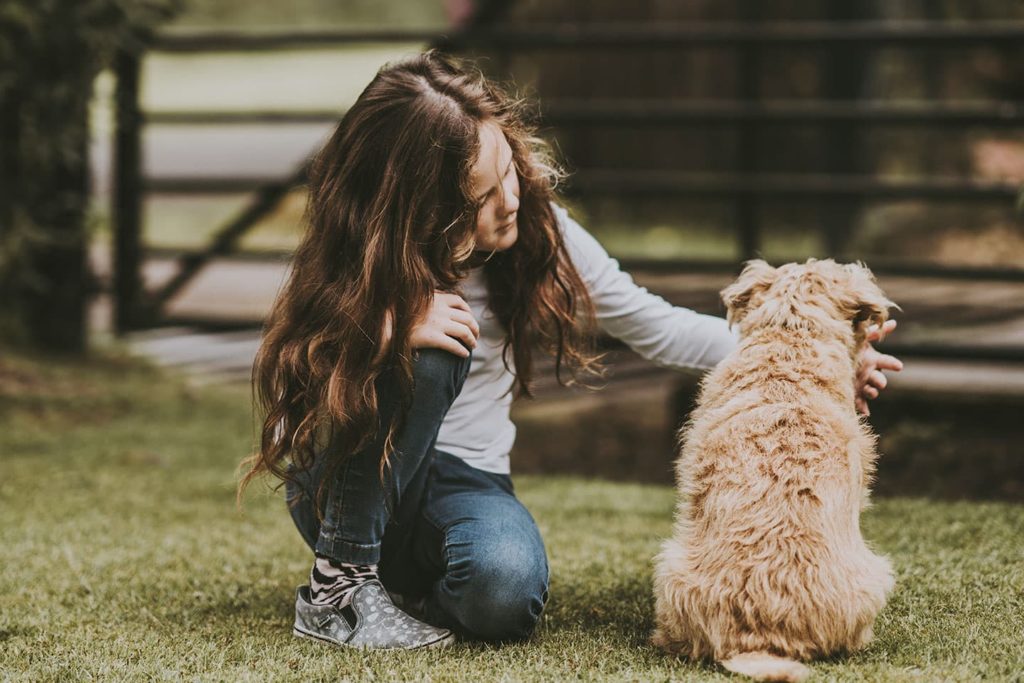Are You Over-Sterilizing Your Life?
Keeping your body clean hasn’t been easier than it is today, but is there such a thing as being too clean?
No matter where you go — the supermarket, your local gym or even a neighborhood yoga class — antimicrobial chemicals have invaded our living spaces, creating an environment that’s become “too clean” for our own good.
The use of antimicrobial chemicals like triclosan may have seemed like a good idea at one time. However, that perception changed radically a few years ago when health problems related to the hygiene hypothesis and its lingering effect on our immune systems began lessening the natural ability of our bodies to fight disease.
Although triclosan has been the main focus for these problems, some of its notoriety faded when the FDA took the major step of banning it from antibacterial soaps and most body washes in 2016.
Despite the ban, triclosan can still be found in some personal care products (review the Environmental Working Group’s most current list) including some toothpastes as well as lining common consumer products like yoga/exercise mats and gym equipment.
That’s where a new health problem lies in plain sight…
Antibiotic resistance in dust?
This stealth invasion of triclosan in our environment may be creating antibiotic-resistant dust, according to a recent study appearing in mSystems.
Researchers at Northwestern University discovered this problem after collecting dust samples from 42 athletic facilities in the Pacific Northwest.
Study leader and associate professor Dr. Erica Hartman chose gyms due to the contact people have with mats, floors and gym equipment and how many clean them before and after using them with antimicrobial wipes.
Concerns arose when Hartman’s team collected dust from athletic spaces, hallways and offices, then examined the bacteria hiding in dust, and its genetic makeup.
Antimicrobial chemicals were the most concentrated in dust found in moist spots and gym spaces and in higher levels in rooms with carpeted floors or rubber mats.
In samples with higher levels of triclosan, scientists found genetic markers directly linked to antibiotic resistance and, specifically, medically relevant antibiotic drugs.
“There is this conventional wisdom that says everything that’s in dust is dead, but that’s not actually the case. There are things living in there,” says Dr. Hartman, according to Northwestern Now.
Trying to keep workout spaces clean for yourself and others creates a larger health problem with antibiotic-resistant infections, potentially leaving you vulnerable to superbugs.
Unfortunately, manufacturers of products like yoga mats aren’t required to disclose antibacterial chemicals like triclosan in their labeling, because their safety is governed by the EPA, not the FDA, Dr. Hartman says.
So, how do you protect your health and environment surrounding you from being “too clean?”
- Avoid products that are labeled with terms like fights germs, fights odors or antibacterial, according to experts at the National Resources Defense Council Health Program.
- Review the product labels of any personal care products you’re buying at the grocery store for anything that you suspect includes antibacterial chemicals (look for a future blog about triclosan in toothpaste).
- Protect your immune health the safe and natural way by taking a probiotic like EndoMune Advanced Probiotic that contains 10 strains of beneficial bacteria, plus a prebiotic (FOS) that feeds the good bacteria in your gut.
Are You Over-Sterilizing Your Life? Read More »



